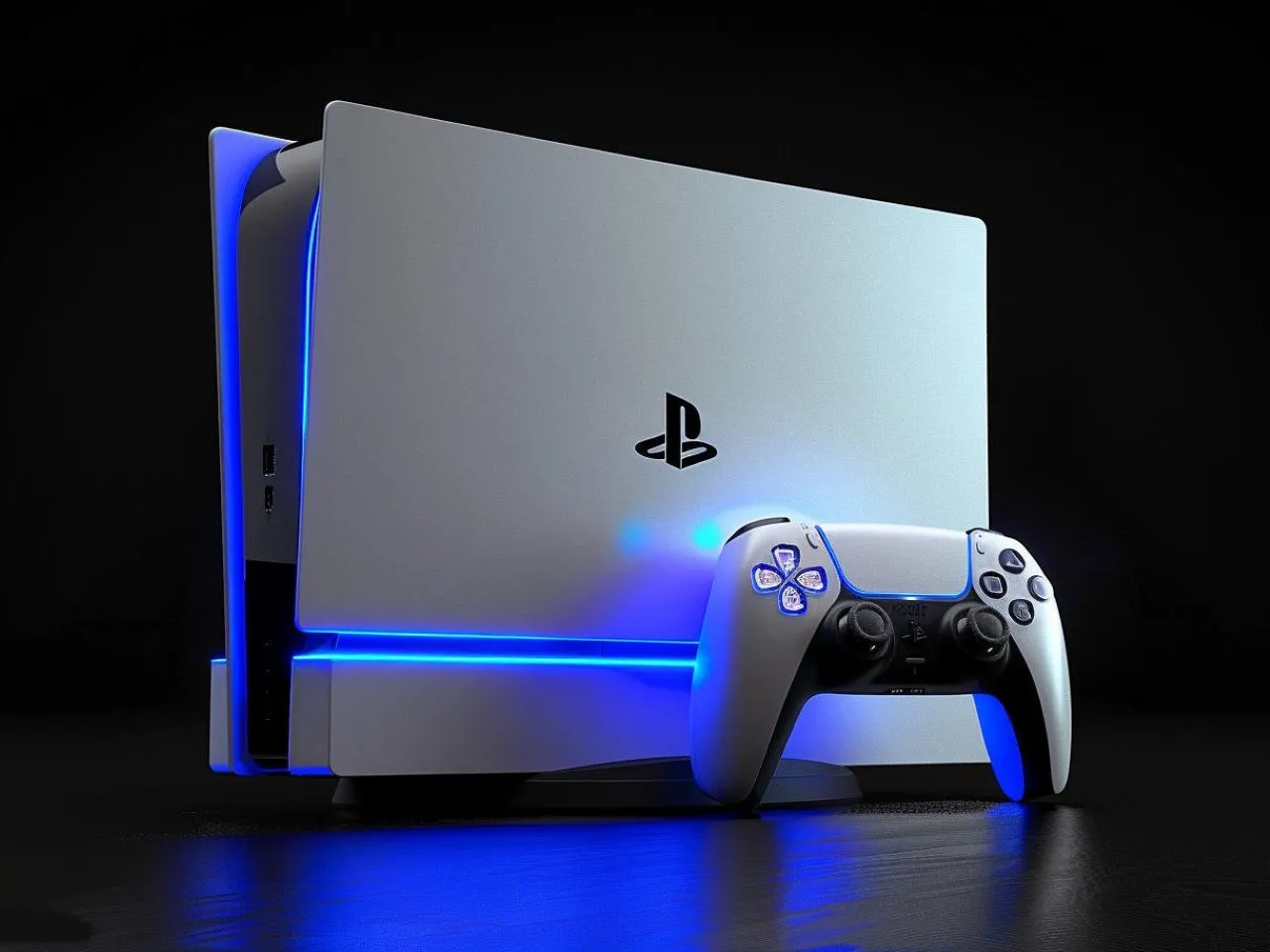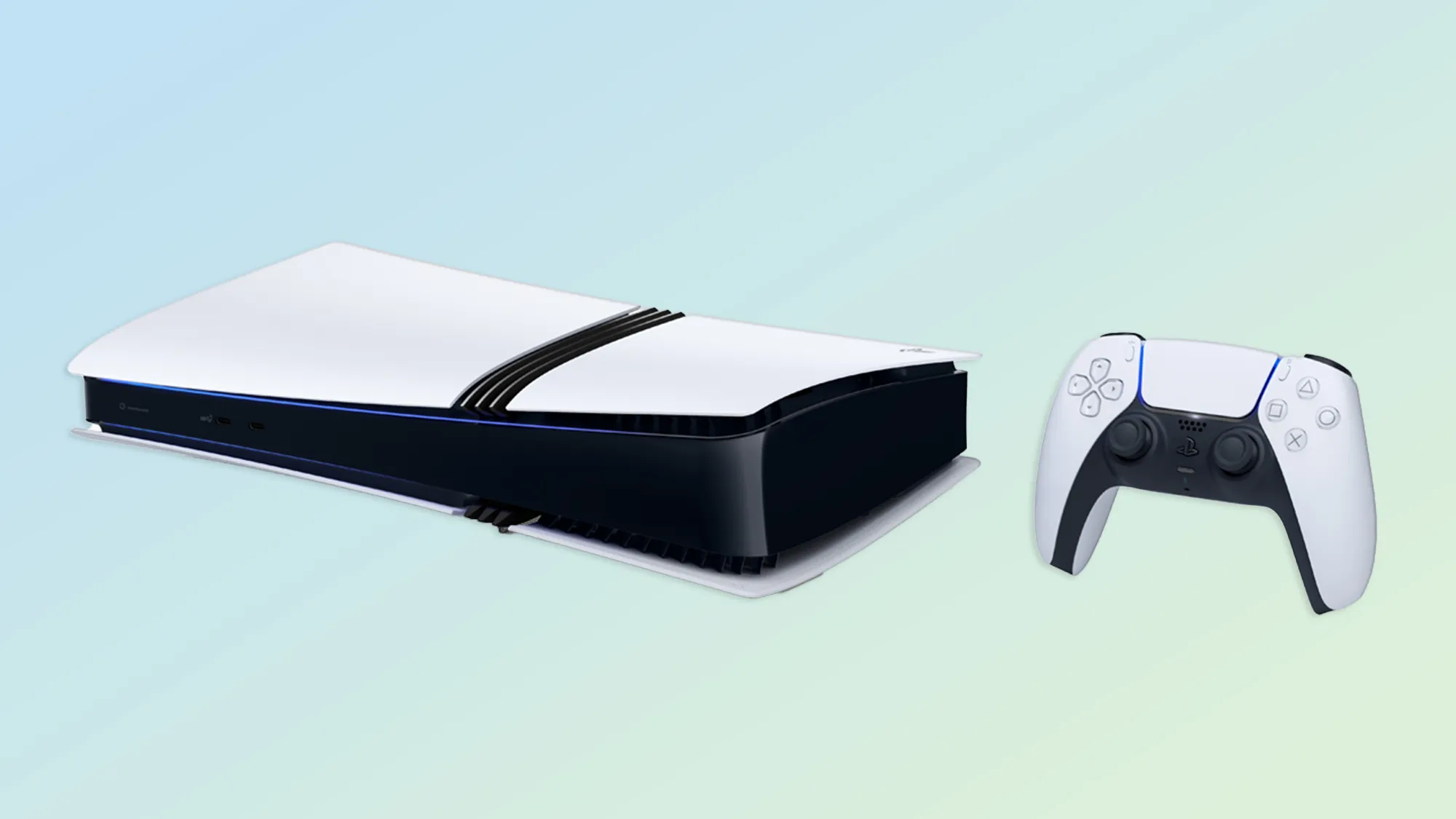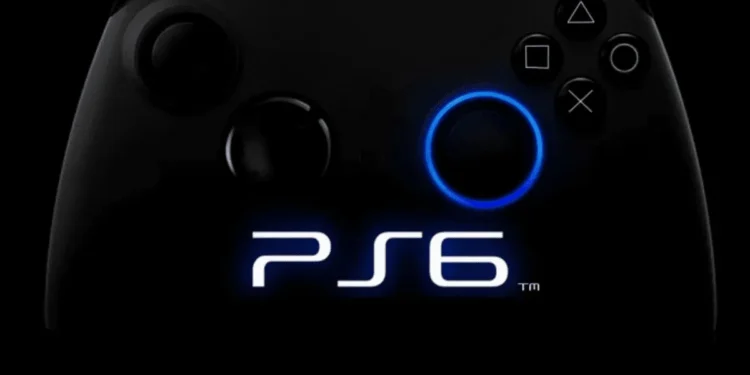The gaming world is abuzz with anticipation as insider sources hint at a possible 2027 release for Sony’s next-gen console, the PlayStation 6. This isn’t just another iteration in the storied line of consoles; it appears Sony is gearing up for a monumental leap forward in gaming technology.

The Predictable Pace of Innovation
Sony’s release schedule has always been like clockwork. The PlayStation 4 hit the market in 2013, followed by the PlayStation 5 in 2020. Now, adhering to this seven-year cycle, the PlayStation 6 seems slated for a 2027 debut. The system-on-a-chip (SoC) vital to the PS6’s operation is reported to have already been finalized and is currently under validation tests, with prototype production expected by late 2025.
Drawing from a decade of covering tech innovations, the timeline from validation to launch typically spans about two years, aligning perfectly with the 2027 target. This steady rhythm not only highlights Sony’s methodical approach but also sets a reliable expectation for gamers and industry watchers alike.
Revolutionary Tech at the Core
Sony’s partnership with AMD is taking the PlayStation 6 to unprecedented heights. The console is set to incorporate AMD’s latest UDNA graphics architecture—an evolution of the current RDNA 5—which promises a significant boost in performance. The use of a 3nm fabrication process and GDDR7 memory further enhances this, ensuring top-tier graphics with reduced power consumption.
Another groundbreaking feature likely to excite many is the introduction of 3D V-Cache technology. This AMD innovation promises to slash loading times drastically, offering smoother gameplay and enhanced performance, particularly in expansive open-world titles.

Future-Proofing with Smart Integrations
Sony isn’t just focusing on raw power. The integration of machine learning capabilities directly into the GPU aims to revolutionize image enhancement through the PlayStation Spectral Super Resolution (PSSR), potentially bringing console graphics on par with those of high-end gaming PCs.
Considering the CPU, Sony may opt for AMD’s Zen 4 or Zen 5 architectures, ensuring a harmonious balance with the GPU. This could eliminate the performance bottlenecks seen in past consoles, providing a seamless experience across a diverse range of games, from indie adventures to blockbuster hits.
Navigating the Price Point
Innovative technology comes at a price. The inclusion of components like 3D V-Cache and GDDR7 memory components means the PlayStation 6 won’t come cheap. While the exact price point remains under wraps, it’s clear that Sony will need to strike a delicate balance between cutting-edge technology and market affordability.
Recalling the debates that erupted over the PS5’s launch price, it’s evident that many gamers are still weighing their options between upgrading or sticking with older models. To sway their decision, Sony might need to offer not just superior hardware but also an attractive lineup of exclusive games and a compelling price strategy.

As we edge closer to 2027, the PlayStation 6 is shaping up to be much more than a mere upgrade. It’s a beacon for the future of gaming, potentially setting new standards for what consoles can achieve. With Sony’s history of blending innovation with strategic market insights, the next few years are sure to be exciting for gamers worldwide.










